Amplifiers
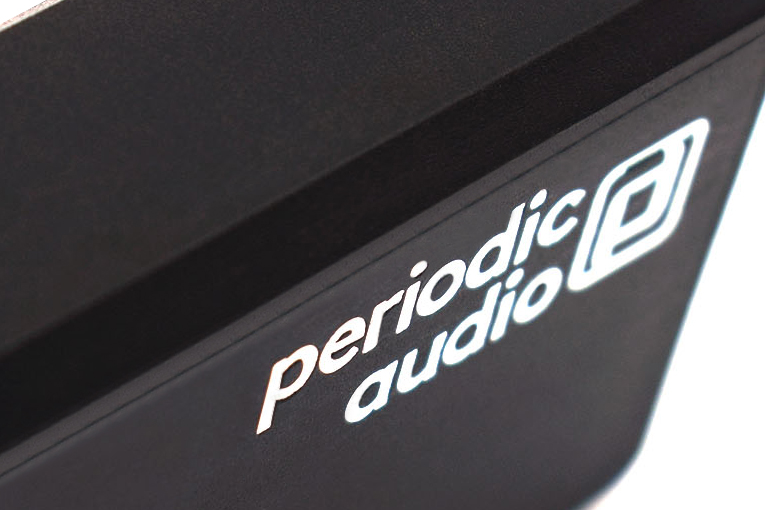
- Details
- Written by: Brent Butterworth
Sound: 









Value: 









(Read about our ratings)
Measurements can be found by clicking this link.
The Periodic Audio Nickel is the gutsiest audio product I’ve seen in many years. It’s a headphone amp that measures only 2” long, comes in a plastic enclosure, has no controls, no Bluetooth, no DAC . . . yet it costs $299 USD. I can’t find a directly comparable product, but the FiiO A3 amp has about as much rated power, plus volume, gain and bass-boost controls, and costs only $49 on Amazon, although it is about three times the Nickel’s size. The first time I encountered the Nickel at a CanJam headphone show, I had to wonder what kind of sonic juju this thing could have to justify its price.
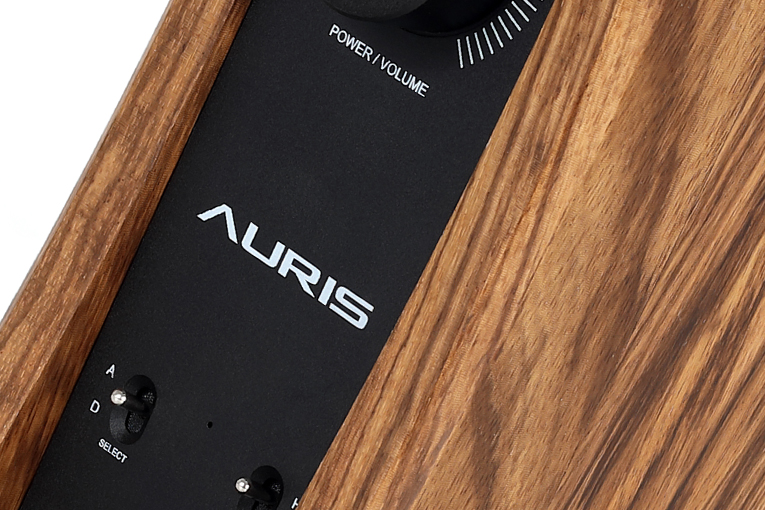
- Details
- Written by: Brent Butterworth
Sound: 









Value: 









(Read about our ratings)
Measurements can be found by clicking this link.
The Auris Audio Euterpe is, in some ways, the opposite of what I usually look for in audio gear. But that’s OK. Actually, it’s more than OK.
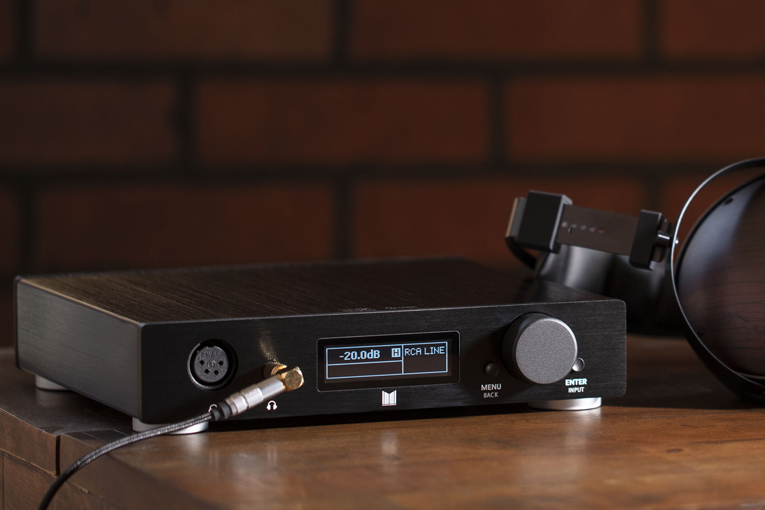
- Details
- Written by: Brent Butterworth
Sound: 









Value: 









(Read about our ratings)
Measurements can be found by clicking this link.
 The Monolith Liquid Platinum and Monolith THX 24459 are both headphone amps, and they both come from Monoprice, but otherwise, they couldn’t be more different. The tech behind the Liquid Platinum comes from artisanal amp designer Alex Cavalli, while the tech behind the Monolith 24459 comes from THX, a company known for its dedication to technical standards and measurements. The Liquid Platinum ($769.99 USD) is a plain ol’ amplifier, with nothing but a couple of tubes to distinguish it, while the Monolith THX 24459 ($479.99) is packed with technology, including a built-in DAC with digital inputs; a menu-driven control system with a front-panel display; and a digital signal processor (DSP) that allows parametric equalization, multiple filter modes, and Dirac Sensaround II headphone processing.
The Monolith Liquid Platinum and Monolith THX 24459 are both headphone amps, and they both come from Monoprice, but otherwise, they couldn’t be more different. The tech behind the Liquid Platinum comes from artisanal amp designer Alex Cavalli, while the tech behind the Monolith 24459 comes from THX, a company known for its dedication to technical standards and measurements. The Liquid Platinum ($769.99 USD) is a plain ol’ amplifier, with nothing but a couple of tubes to distinguish it, while the Monolith THX 24459 ($479.99) is packed with technology, including a built-in DAC with digital inputs; a menu-driven control system with a front-panel display; and a digital signal processor (DSP) that allows parametric equalization, multiple filter modes, and Dirac Sensaround II headphone processing.
Read more: Monoprice Monolith THX 24459 Desktop Balanced Headphone Amplifier and DAC
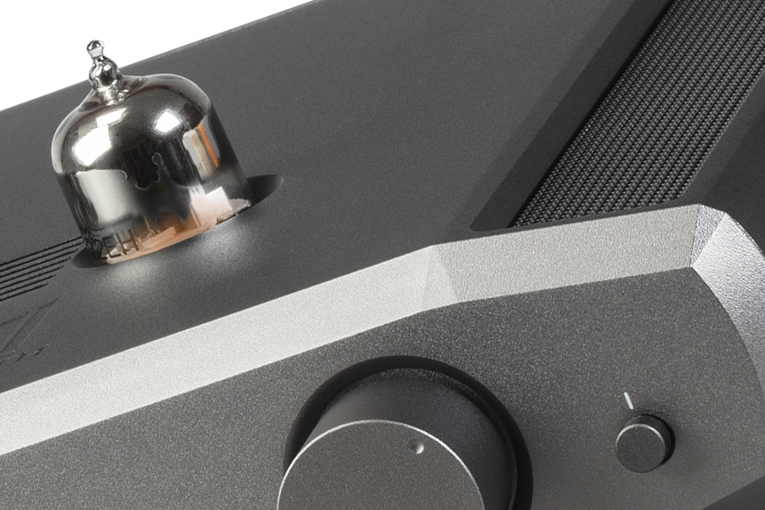
- Details
- Written by: Brent Butterworth
Sound: 









Value: 









(Read about our ratings)
Measurements can be found by clicking this link.
Alex Cavalli is to headphone amps what John Curl is to phono stages: not only the best-known designer of that type of product, but also the only one most audiophiles can readily name. Monoprice is to electronics companies what Amazon is to retailers: an often-resented competitor that consistently undercuts their price margins. When you combine the two, you get the Monoprice Monolith Liquid Platinum headphone amp by Alex Cavalli ($769.99 USD).
Read more: Monoprice Monolith Liquid Platinum Headphone Amplifier
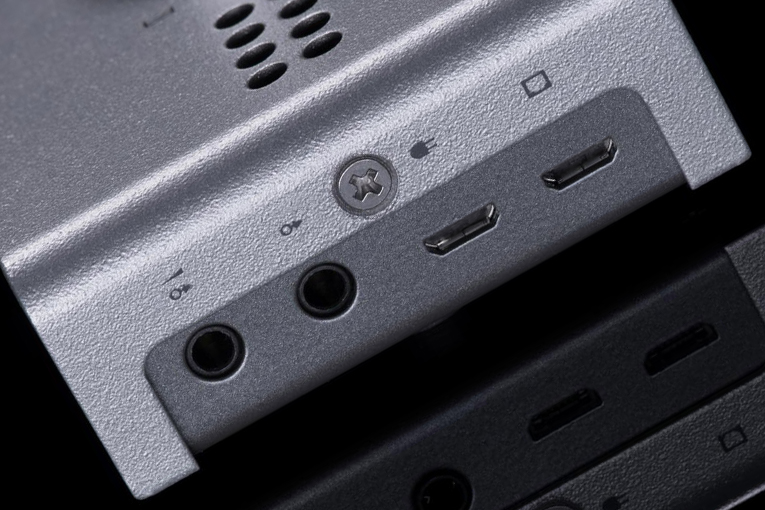
- Details
- Written by: Brent Butterworth
Sound: 









Value: 









(Read about our ratings)
Measurements can be found by clicking this link.
 As we watch an increasing number of companies throwing lots of money and metal into the design and manufacturing of headphone amps, it’s a good idea to consider what we really need in a headphone amp. What we don’t need is a powerful output stage or a big power supply, because headphones typically require only a few milliwatts of power -- roughly one-thousandth as much power as most speakers need. Nor do we need a heavy, elaborately machined metal chassis, because headphone amps needn’t be bulky. What we usually need is just a user-friendly design, a couple of inputs, and enough power to drive most headphones. The Schiit Fulla 2 desktop DAC-headphone amp ($99 USD) seems to be built with these goals -- and only these goals -- in mind.
As we watch an increasing number of companies throwing lots of money and metal into the design and manufacturing of headphone amps, it’s a good idea to consider what we really need in a headphone amp. What we don’t need is a powerful output stage or a big power supply, because headphones typically require only a few milliwatts of power -- roughly one-thousandth as much power as most speakers need. Nor do we need a heavy, elaborately machined metal chassis, because headphone amps needn’t be bulky. What we usually need is just a user-friendly design, a couple of inputs, and enough power to drive most headphones. The Schiit Fulla 2 desktop DAC-headphone amp ($99 USD) seems to be built with these goals -- and only these goals -- in mind.
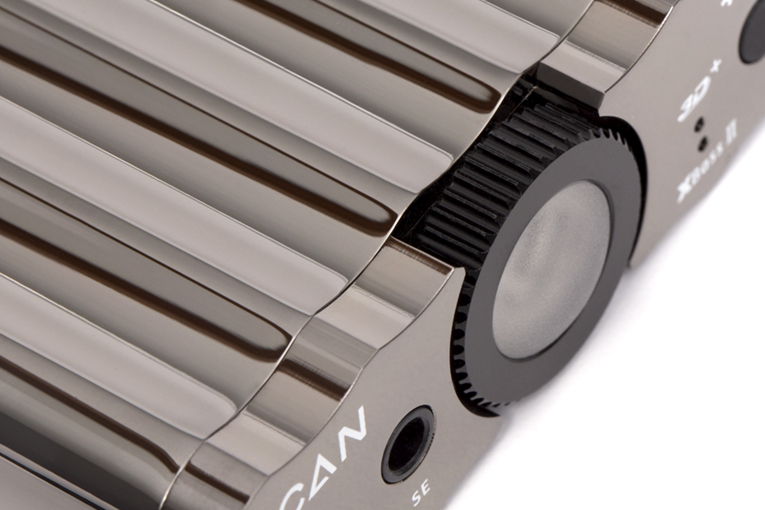
- Details
- Written by: Diego Estan
Sound: 









Value: 








 (Read about our ratings)
(Read about our ratings)
Measurements can be found by clicking this link.
 Since the rise in popularity of high-quality headphones, driven at least in part by the ubiquity of smartphone use, we’ve seen many products aimed at enhancing the listening experience of those on the go. iFi Audio’s xCAN can be described as a high-quality headphone amp designed to inconspicuously mate with your smartphone and fit in your pocket or purse. What distinguishes the xCAN from other similar products is its lack of a USB input for its internal DAC, which can be accessed only via Bluetooth. So who is the target demographic? First, the budget-conscious might be interested -- the xCAN costs only $299 USD, vs. iFi’s xDSD at $399. Second, perhaps, are users uninterested in fussing with USB connections but who want to enhance their smartphone listening experience by using what are still the two most common audio outputs: Bluetooth and the 3.5mm headphone jack.
Since the rise in popularity of high-quality headphones, driven at least in part by the ubiquity of smartphone use, we’ve seen many products aimed at enhancing the listening experience of those on the go. iFi Audio’s xCAN can be described as a high-quality headphone amp designed to inconspicuously mate with your smartphone and fit in your pocket or purse. What distinguishes the xCAN from other similar products is its lack of a USB input for its internal DAC, which can be accessed only via Bluetooth. So who is the target demographic? First, the budget-conscious might be interested -- the xCAN costs only $299 USD, vs. iFi’s xDSD at $399. Second, perhaps, are users uninterested in fussing with USB connections but who want to enhance their smartphone listening experience by using what are still the two most common audio outputs: Bluetooth and the 3.5mm headphone jack.
- iFi Audio xDSD DAC-Headphone Amplifier
- Schiit Audio Jotunheim DAC-Headphone Amplifier
- AudioQuest DragonFly Red and Black USB DAC-Headphone Amplifiers
- Arcam MusicBoost DAC-Headphone Amp and Case for Apple iPhone 6/6s
- Moon by Simaudio Neo 230HAD DAC-Headphone Amplifier
- Oppo Digital HA-2 Headphone DAC-Amplifier
- Aurender Flow Headphone Amplifier-DAC
- Moon by Simaudio Neo 430HA Headphone Amplifier
SoundStage! Solo is part of
All contents available on this website are copyrighted by SoundStage!® and Schneider Publishing Inc., unless otherwise noted. All rights reserved.
This site was designed by Karen Fanas and the SoundStage! team.
To contact us, please e-mail info@soundstagenetwork.com
Having an account with us and logging in allows you to participate in our comments sections at the bottom of each article and review. It costs you nothing. The reason we want you to have this account is simply because we don't want some anonymous yahoos posting nonsense and messing meaningful conversations up. Having an identity usually brings rationality and civility. Thank you!







